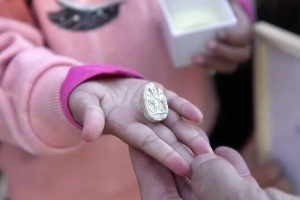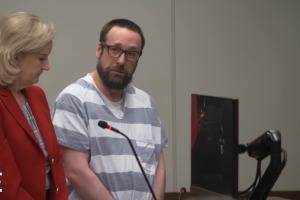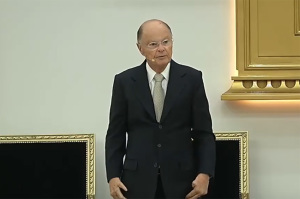10 Interesting Facts About Evangelicals From Pew's Religion Report

The big story this week from Pew Research Center's report, "America's Changing Religious Landscape," was the sharp decline in the number of Christians and large growth in those who are unaffiliated with any religion. Digging deeper, the report contains interesting news about Evangelicals.
Here are 10 interesting facts about Evangelicals from the report:
1. The number of Evangelicals likely increased.
Evangelicals were the only segment of Christianity that likely saw growth. Evangelicals added about two million to their fold from 2007 to 2014. Taking the margin of error into account, the actual increase could be anywhere between zero and five million.
2. Evangelicals were the only Christian group that had more people joining than leaving.
8.4 percent said they left evangelical Christianity while 9.8 percent said they joined evangelical Christianity, a net change of plus 1.5 percentage points. By comparison, Mainline Protestants had a minus 4.3 percentage point net change and Catholics had a minus 10.9 percentage point net change.
3. The percentage of Evangelical Millennials did not change.
There was a large increase in unaffiliated Millennials, from 2007 to 2014. They increased 10 percentage points, from 25 to 35 percent of all Millennials.
This increase, however, did not come from Evangelicals. The proportion of Evangelical Millennials stayed the same, at 21 percent.
The largest drop, six percentage points, came from Catholic Millennials, down from 22 to 16 percent.
4. Evangelicals are now a clear majority among Protestants in the United States.
Pew's 2007 data showed Evangelicals were 51 percent of all Protestants. Taking the margin of error into account, that may or may not have been a majority.
In 2014 Evangelicals were 55 percent of all U.S. Protestants. Even with the margin of error, one can now say Evangelicals are clearly a majority of all Protestants.
5. Nondenominational Evangelicals are growing; Baptist Evangelicals are shrinking.
The share of Evangelicals who said they belonged to a Baptist denomination shrank from 41 to 36 percent while the share of nondenominational Evangelicals grew from 13 to 19 percent.
6. Some who attend Evangelical churches don't identify as Evangelical, and some who don't attend Evangelical churches do identify as Evangelical.
Among those to attend an Evangelical church, 15 percent answered "no" when asked if they would describe themselves as "a born-again or evangelical Christian."
Twenty-seven percent of Mainline Protestants and 22 percent of Catholics describe themselves as born-again or Evangelical.
7. Those who joined Evangelical churches as adults were mostly raised in homes that were Mainline Protestant or unaffiliated.
Among those who currently identify with an Evangelical church, 19 percent were raised in a Mainline Protestant home and another 19 percent were raised in homes that were unaffiliated with any religion, the highest of any other group.
For comparison, among those raised in Evangelical homes, 12 percent are now Mainline Protestants and 15 percent are now unaffiliated.
8. Among Millennials, the retention rate for the unaffiliated is higher than that for Evangelicals.
The retention rate (the percentage of those still in the religion in which the were raised) is 67 percent for unaffiliated Millennials. In other words, two-thirds of Millennials raised in unaffiliated homes are still unaffiliated. This is higher than the 61 percent retention rate for Evangelicals.
9. Evangelicals are becoming more racially and ethnically diverse.
The share of Evangelicals who are not white increased from 19 to 24 percent.
Catholics and Mainline Protestants saw a similar growth in non-whites. Among those three, Catholics have the smallest proportion of whites, at 59 percent, and Mainline Protestants have the largest proportion of whites, at 86 percent.
10. Evangelical growth came from Latinos.
Among Hispanics, the portion of Evangelicals increased from 16 to 19 percent. It was the only race/ethnic group to see an increase in its proportion of Evangelicals.
Also among Hispanics, the largest drop was among Hispanic Catholics, from 58 to 48 percent. The largest increase was among Hispanic unaffiliated, from 14 to 20 percent.





























